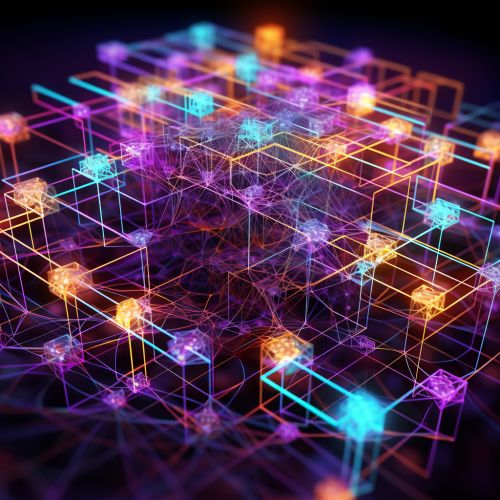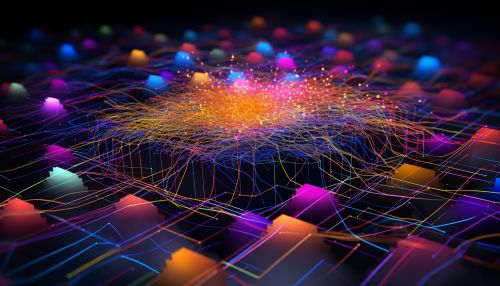Deep Learning
Introduction
Deep learning is a subfield of AI that focuses on algorithms inspired by the structure and function of the brain, known as neural networks. These algorithms are designed to imitate the behavior of the human brain—albeit in a very simplified form—to 'learn' from large amounts of data. While a neural network with a single layer can still make approximate predictions, additional hidden layers can help optimize the results.
Overview
Deep learning drives many artificial intelligence (AI) applications and services that improve automation, performing analytical and physical tasks without human intervention. These technologies have a profound impact on various sectors, including healthcare, finance, retail, advertising, and more. Deep learning algorithms are behind technologies like self-driving cars, voice-enabled TV remotes, and credit card fraud detection.
History
Deep learning as a concept dates back to the 1940s, with the introduction of the earliest neural networks. However, it wasn't until the 1980s and 1990s that the first practical networks were developed. The term "deep learning" was introduced to the machine learning community by Rina Dechter in 1986, and later to AI by Bengio and colleagues in 2007. The development of deep learning models, such as convolutional neural networks (CNNs), have been instrumental in the advancement of the field.
Neural Networks
Neural networks form the backbone of deep learning. They are algorithms modeled after the human brain, designed to recognize patterns. They interpret sensory data through a kind of machine perception, labeling or clustering raw input. The patterns they recognize are numerical, contained in vectors, into which all real-world data, be it images, sound, text or time series, must be translated.
Structure of Neural Networks
Neural networks consist of neurons, or nodes, which are divided into three layers: the input layer, hidden layer(s), and output layer. Each layer is interconnected through nodes, with each node in a layer connected to every node in the following layer. The input layer receives various forms of raw data, the hidden layer(s) process the data, and the output layer provides the final result.
Deep Learning Models
There are several types of deep learning models, each with its specific structure and function. These include Convolutional Neural Networks (CNNs), Recurrent Neural Networks (RNNs), and Generative Adversarial Networks (GANs).
Convolutional Neural Networks (CNNs)
CNNs are a type of deep learning model that are predominantly used in image processing tasks due to their efficiency in dealing with multi-dimensional data. They are designed to automatically and adaptively learn spatial hierarchies of features from the provided input.
Recurrent Neural Networks (RNNs)
RNNs are another type of deep learning model that are primarily used for sequential data analysis. They are designed to recognize patterns across time, making them particularly effective for tasks such as language modeling and speech recognition.
Generative Adversarial Networks (GANs)
GANs are a type of deep learning model that are used for generating new data that resembles the input data. They consist of two parts: a generator, which produces the data, and a discriminator, which evaluates the authenticity of the generated data.
Applications of Deep Learning
Deep learning has a wide range of applications across various sectors. It is used in autonomous vehicles for object detection, in healthcare for disease diagnosis, in finance for fraud detection, and in many other areas.
Future of Deep Learning
The future of deep learning is promising, with continuous advancements in algorithms and computational power. It is expected to play a crucial role in the development of artificial intelligence, potentially leading to significant societal and economic changes.
See Also
- Artificial Intelligence
- Machine Learning
- Neural Networks
- Convolutional Neural Networks
- Recurrent Neural Networks
- Generative Adversarial Networks


